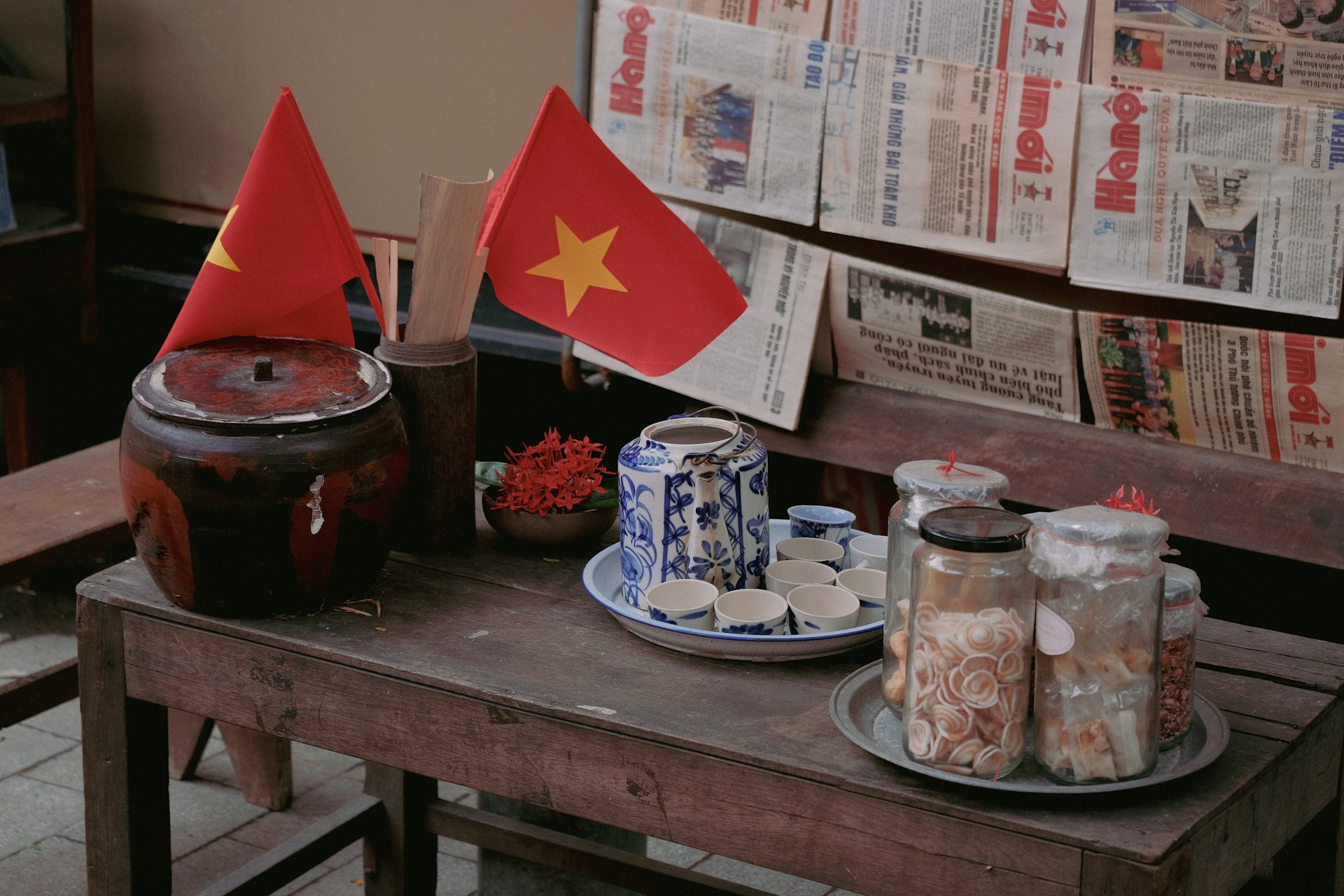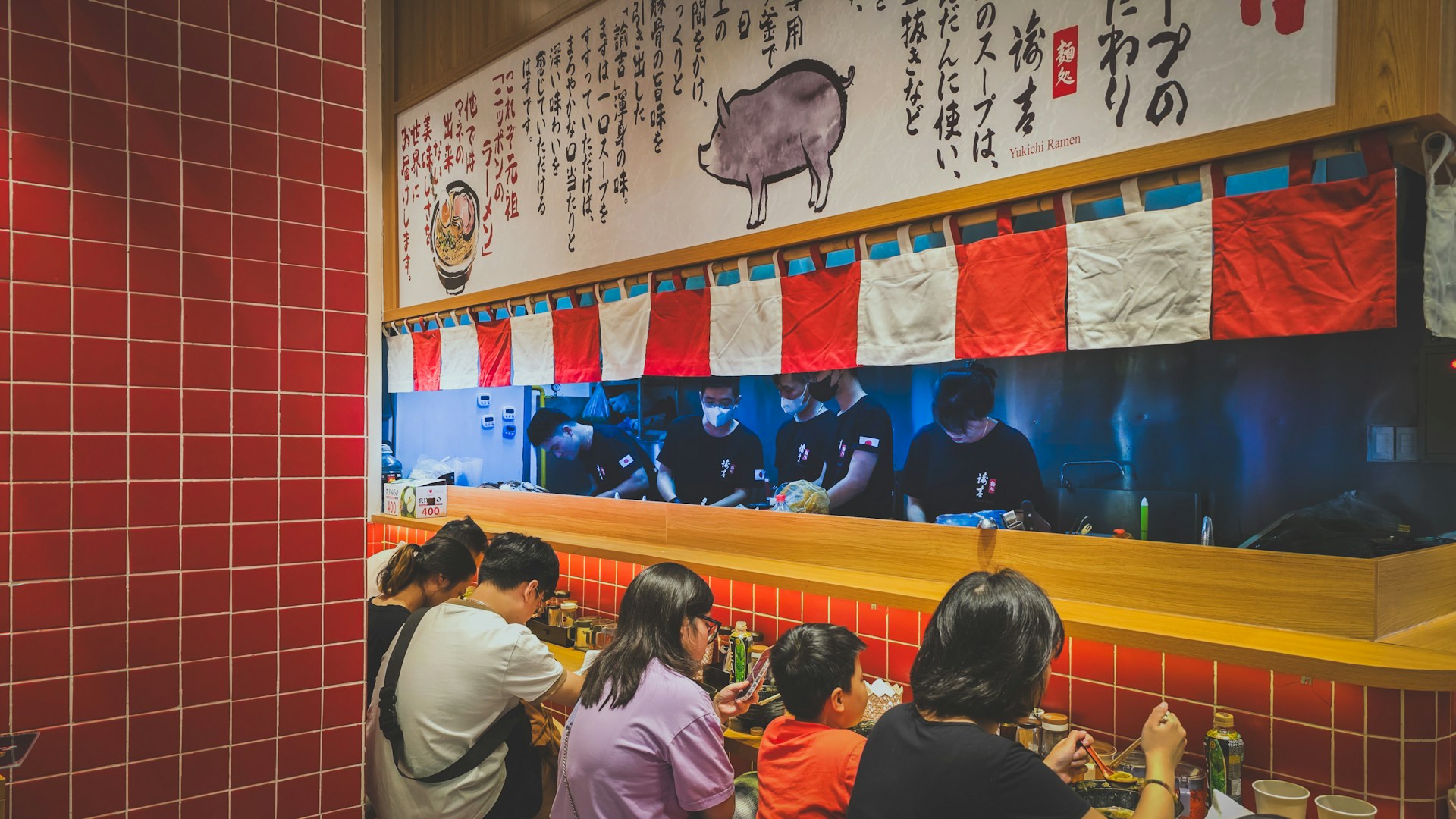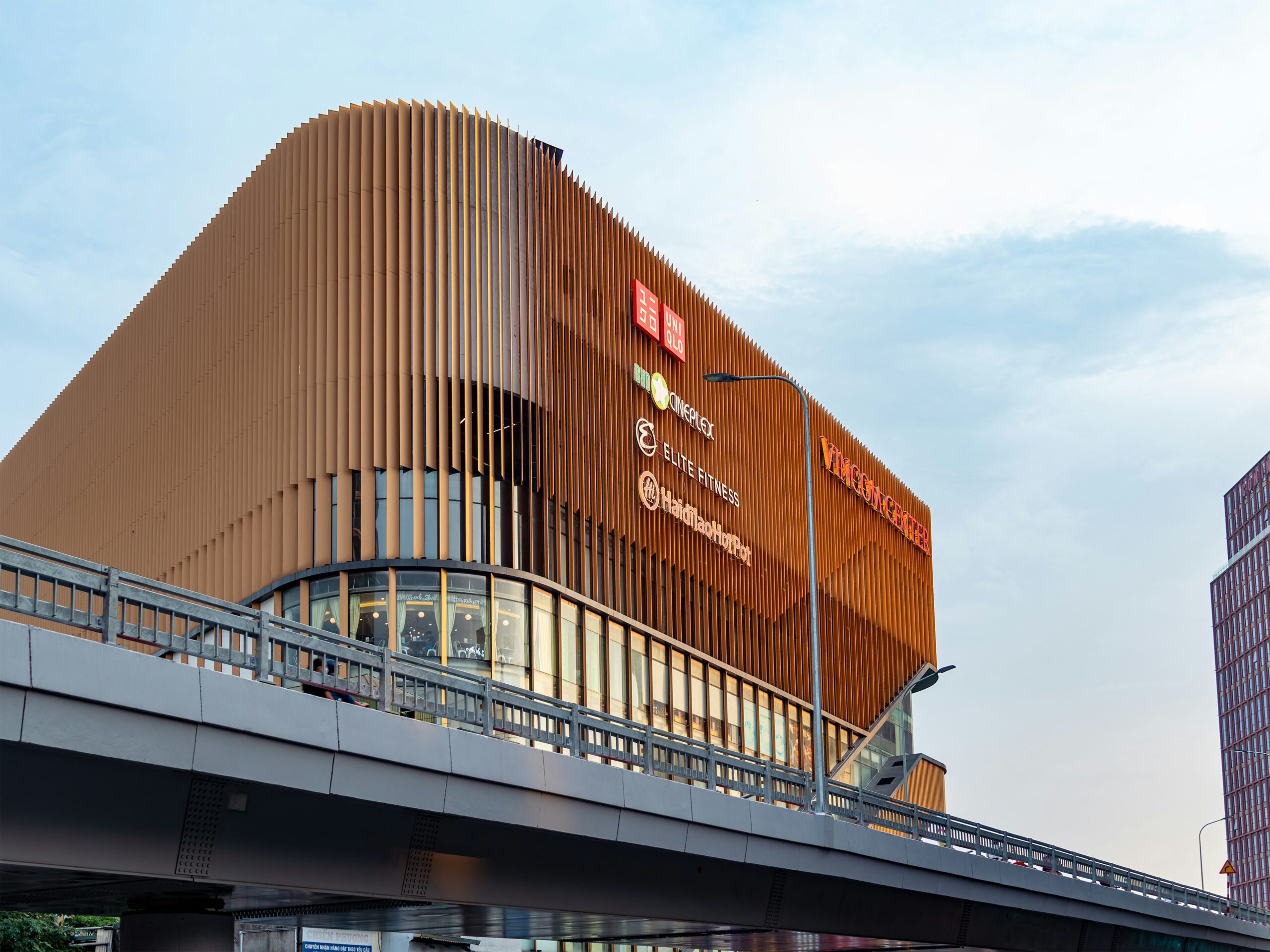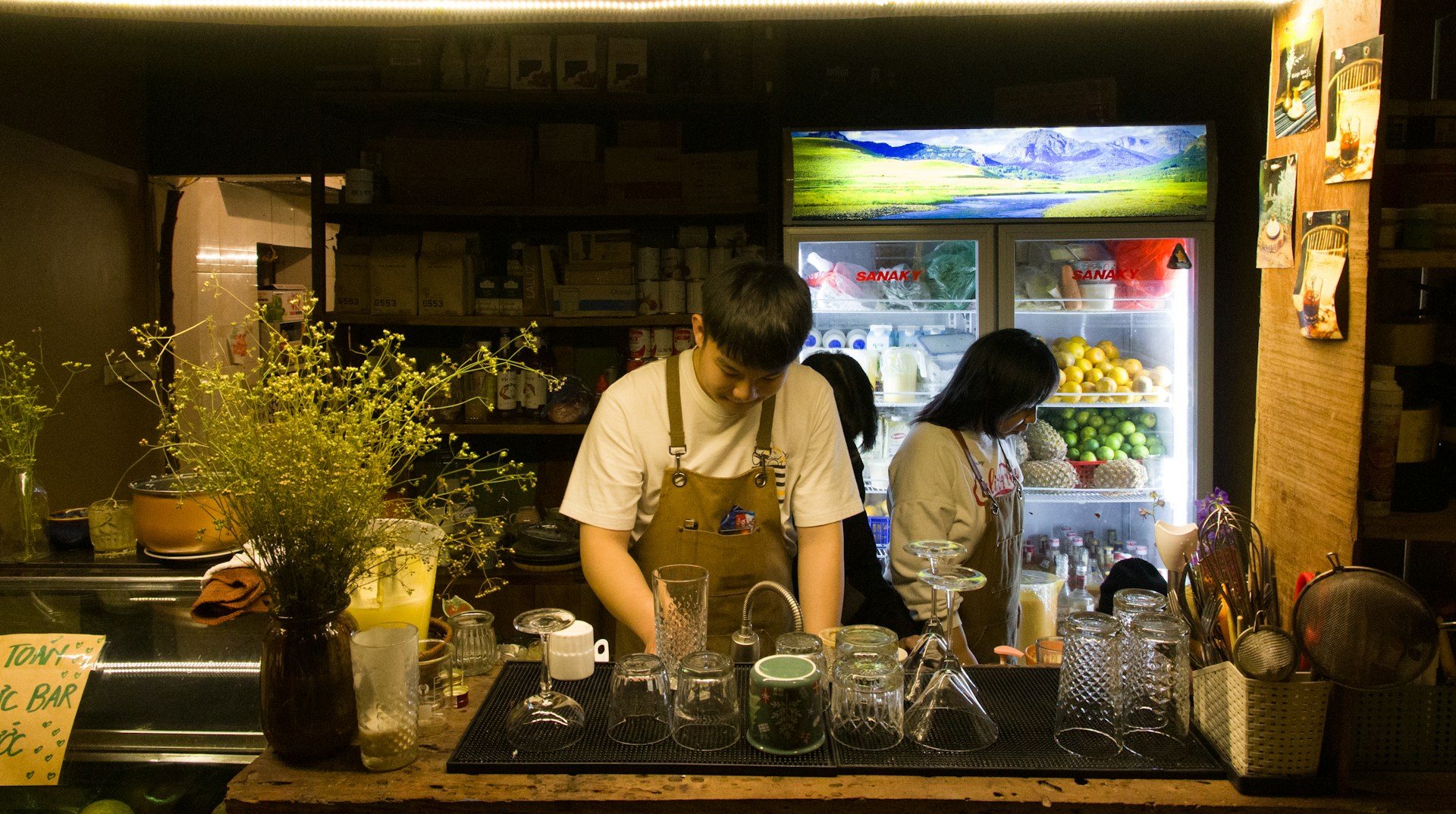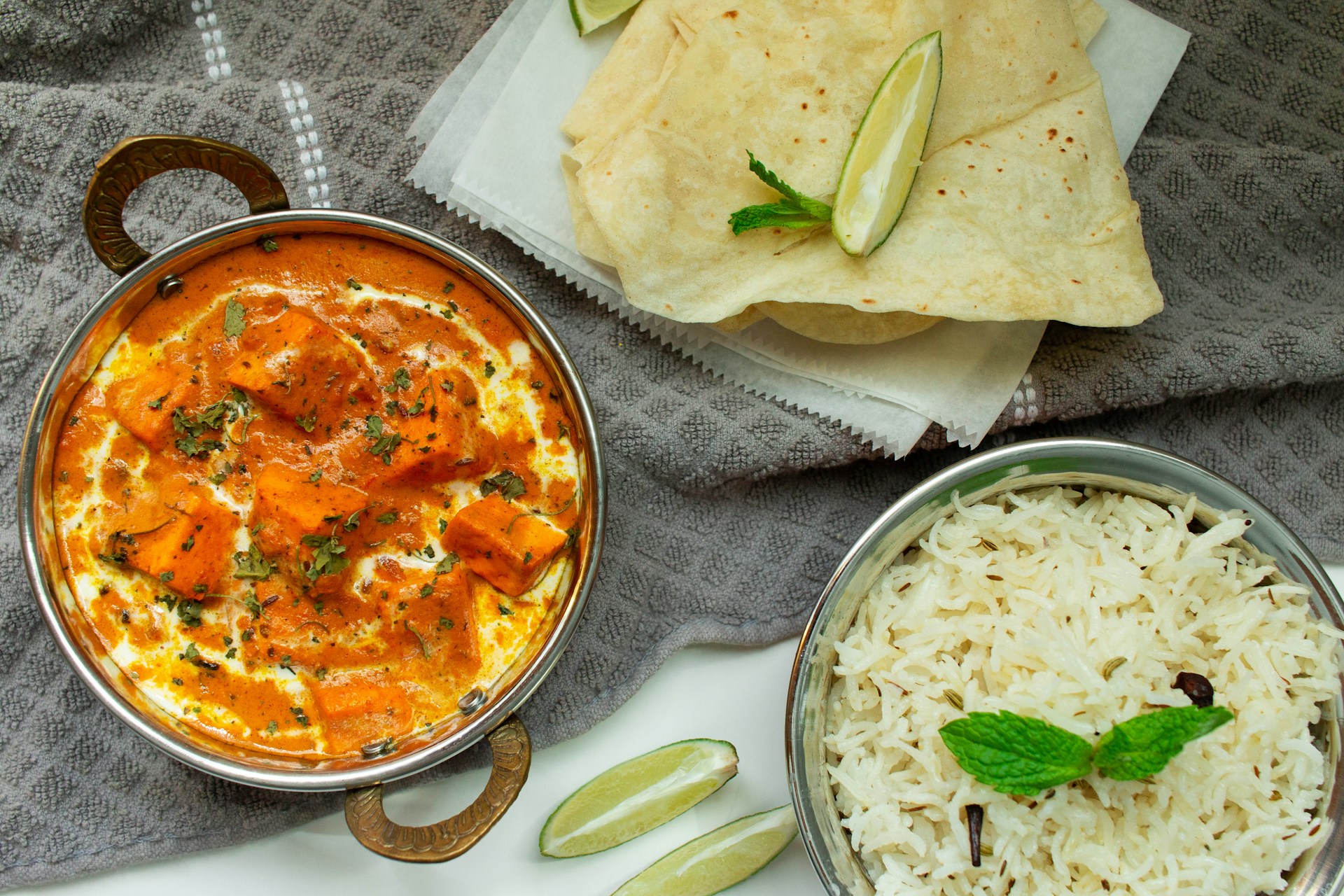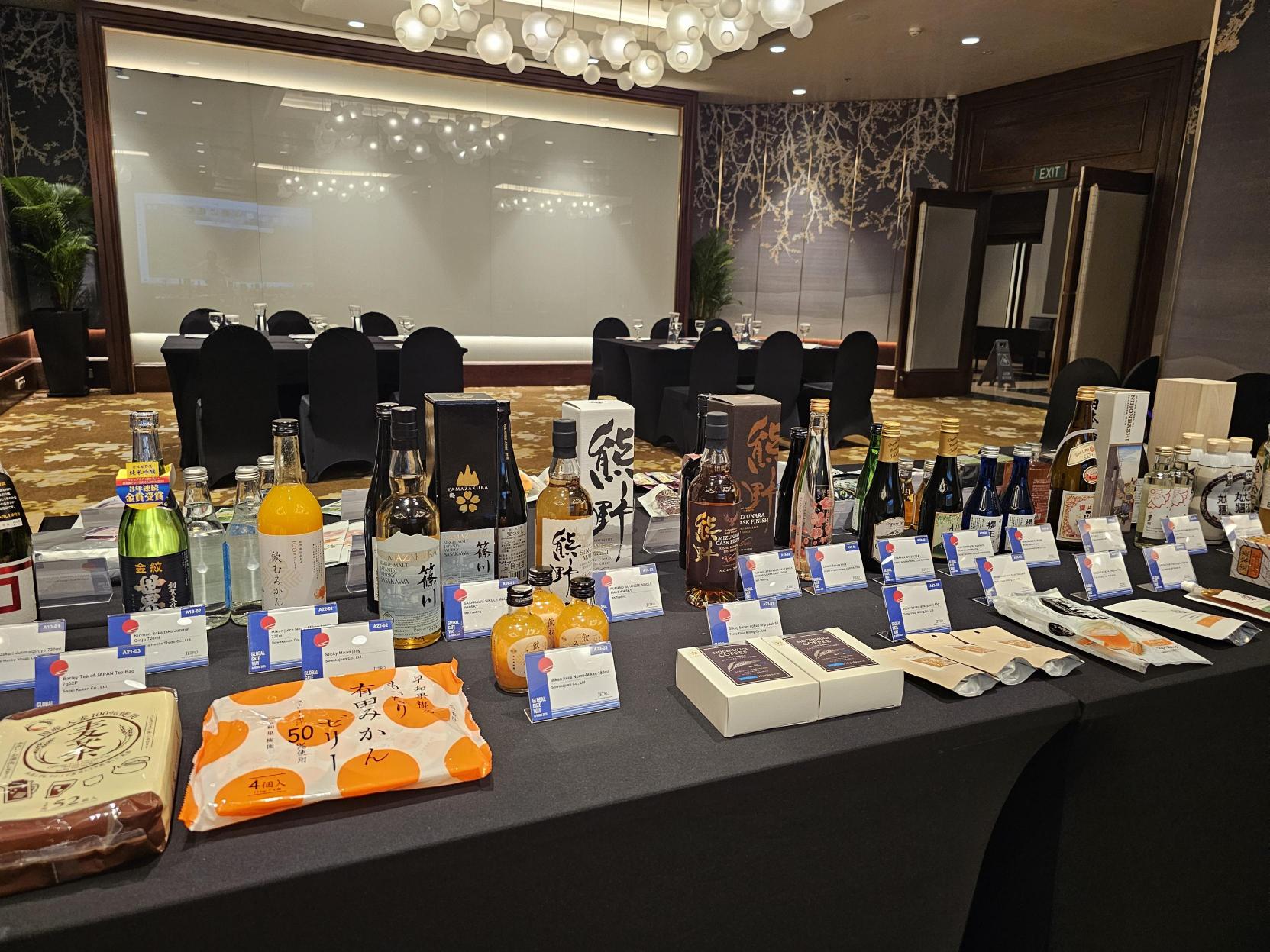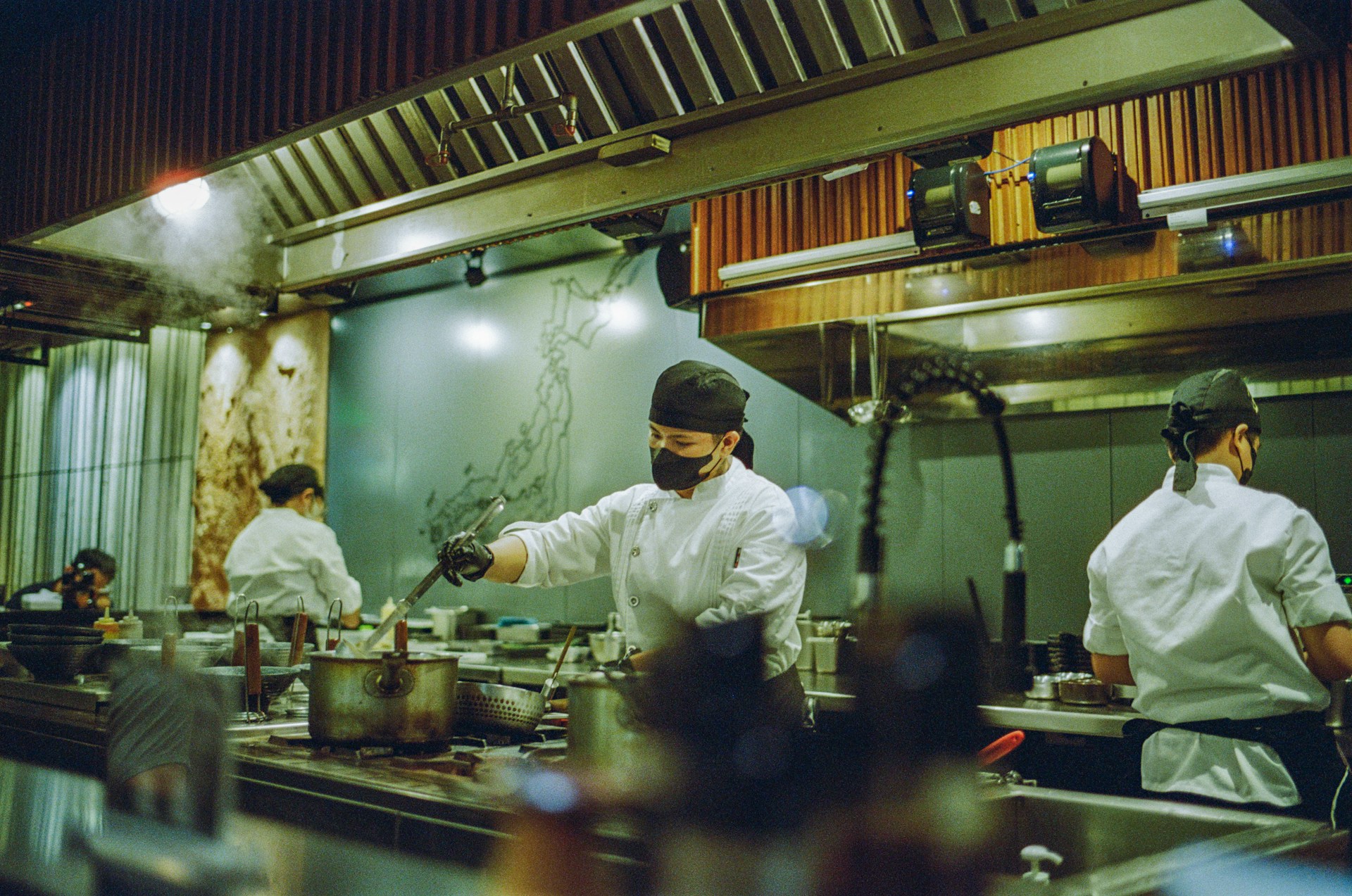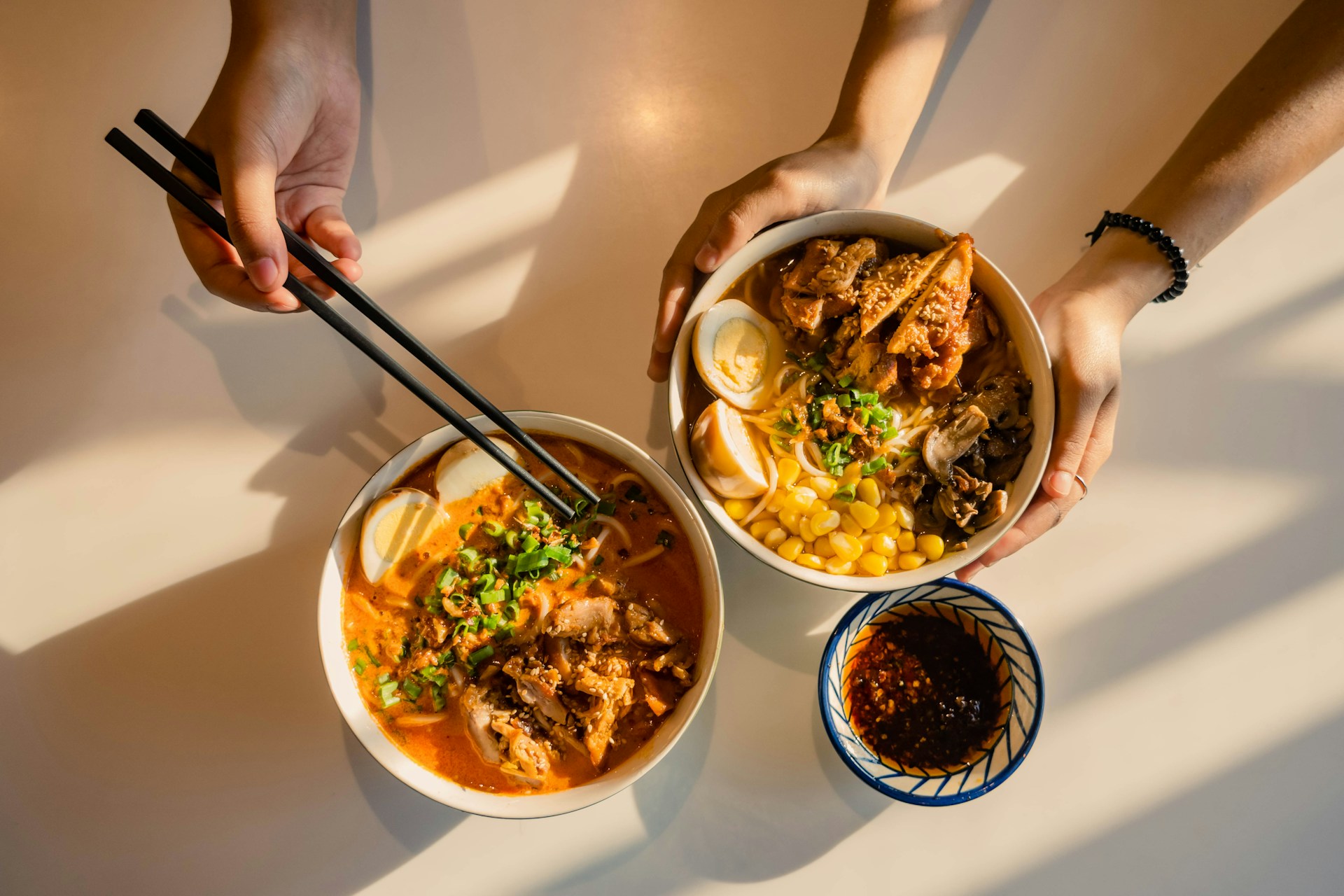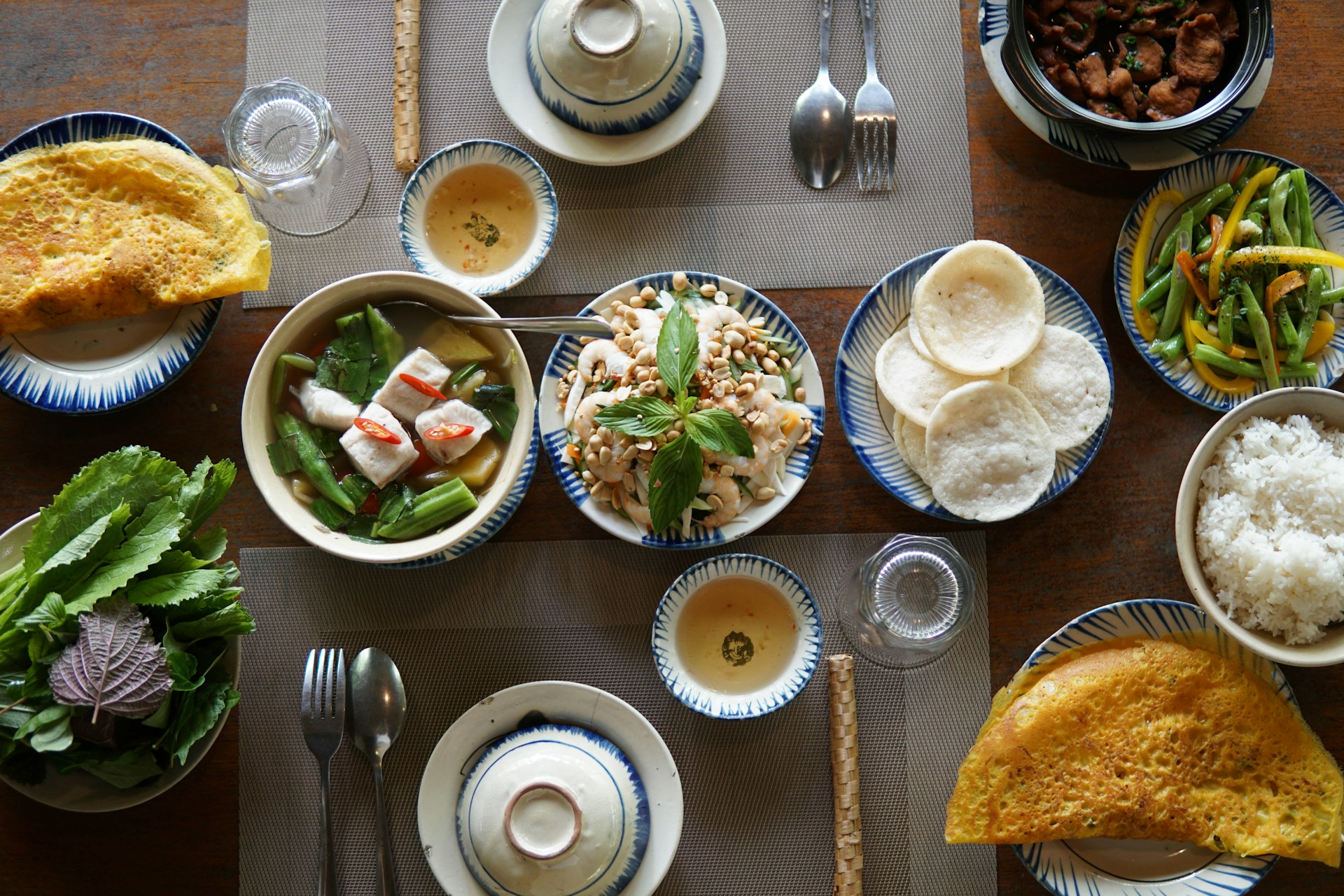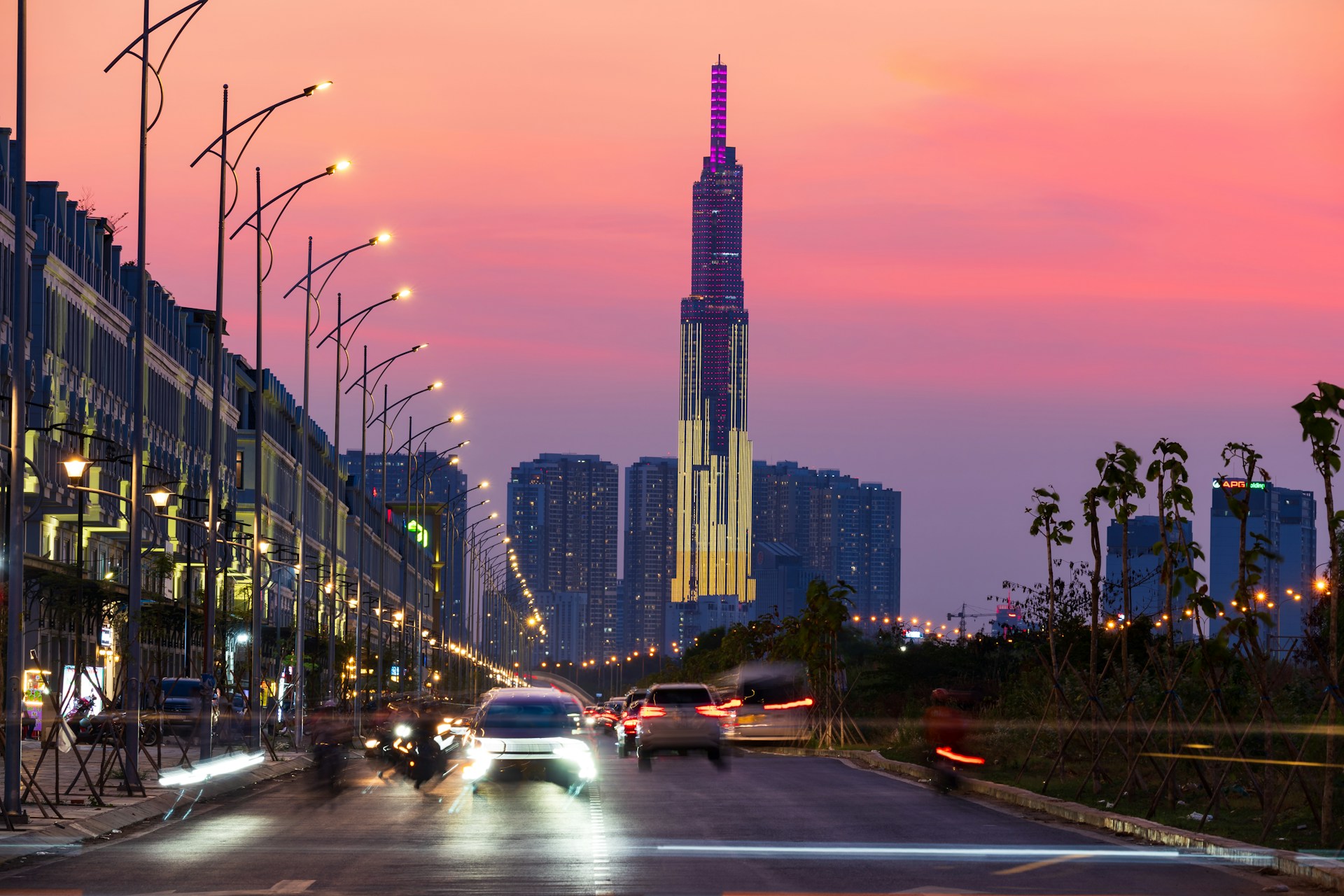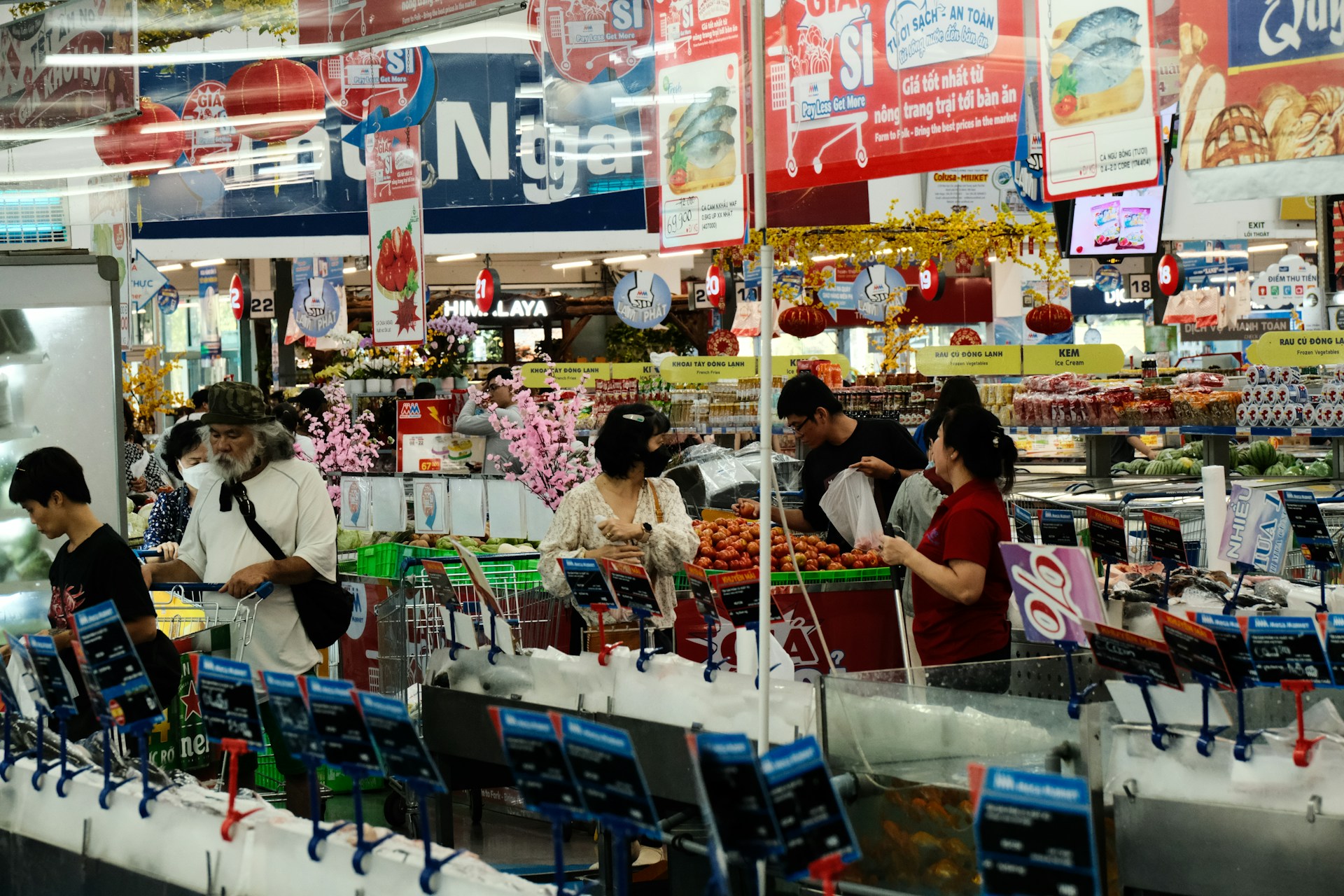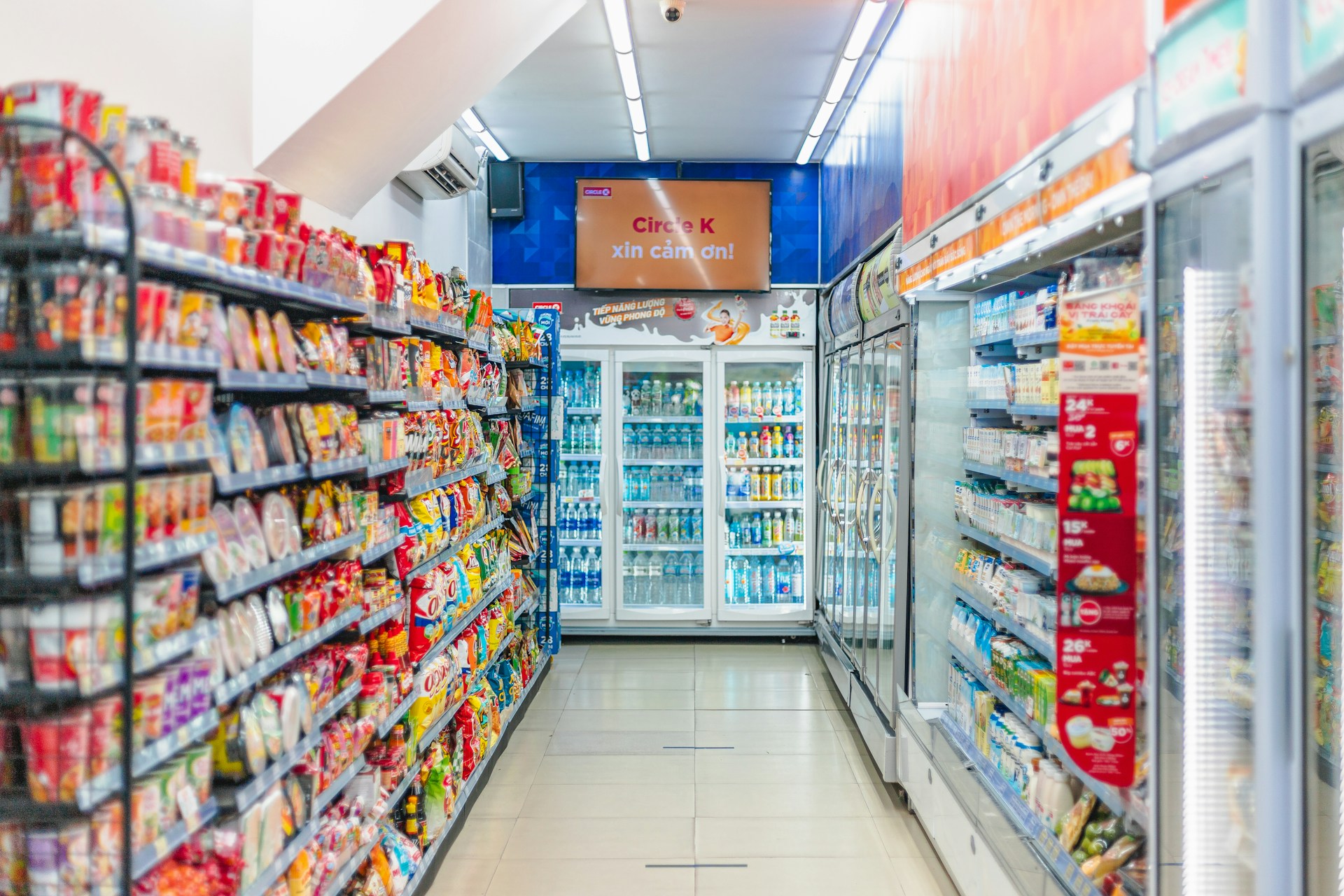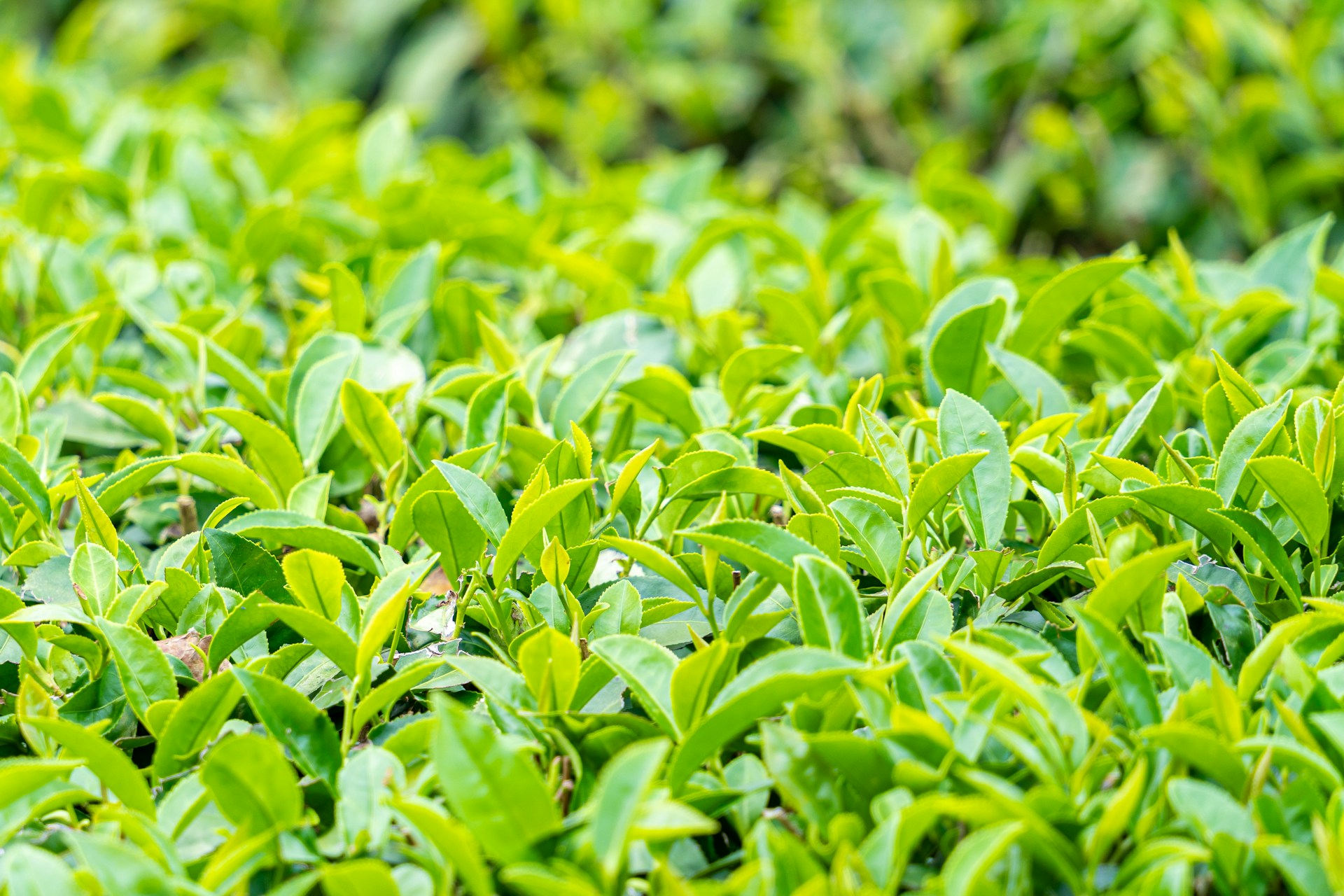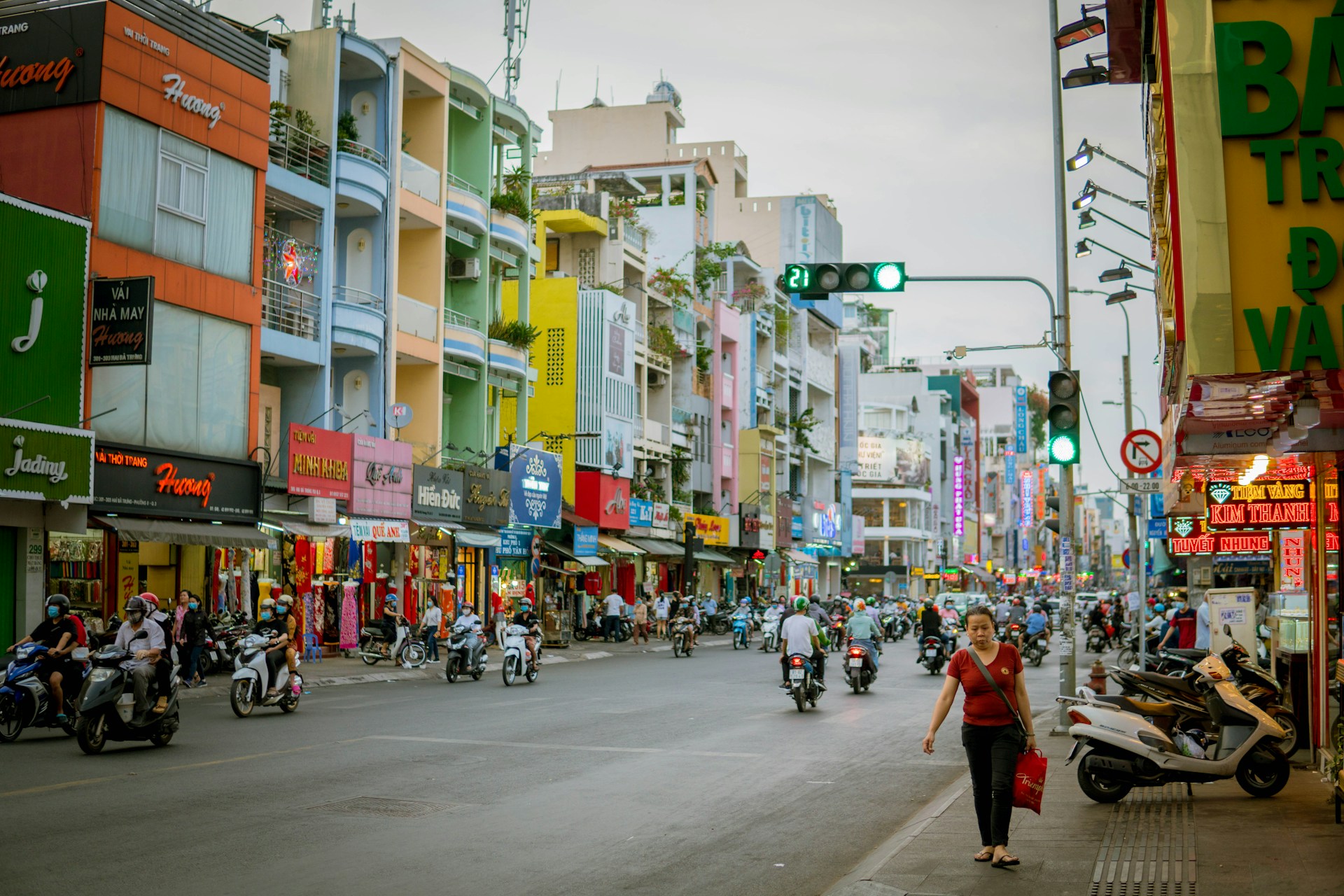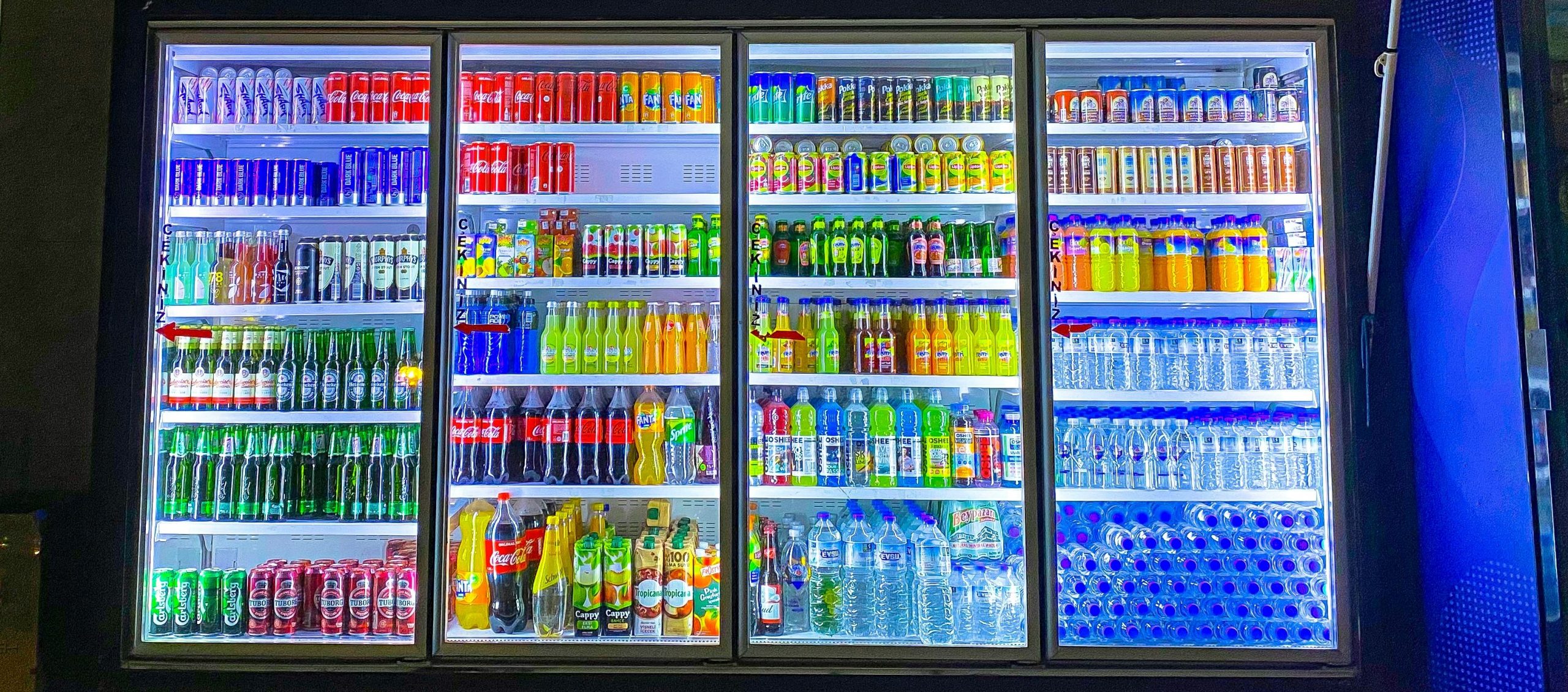
15Oct2014
Industry Reviews
Comments: No Comments.
06-10-2014
In 2013, 80% of the total consumption was generated from traditional sales channels such as markets and grocery stores. On the other hand, demand for modern sales channels is on the rise, as foreign investment in the market is increasing, the use of convenience stores and mini supermarkets has gradulally become popular.
Following long standing brands such as Shop & Go (Singapore – 2005), Circle K (US – 2008), newer brands like FamilyMart (Japan – 2010), MiniStop (Japan -2011), and B’sMart (Thailand – 2013) also entered Vietnam retail market. In 2014, Shop & Go became the biggest convenience store chain in terms of store quantity (108), with the expansion rate of 2-3 stores per month, it is expected to have 130 stores by the end of 2014. In addition, other companies also continued to expand their investment. Like B’sMart has plans to acquire 300 stores in 2018; or FamilyMart’s continued reinvesting though it was once forced to shrink the scale, indicating how attractive the Vietnam market is. To be more specific, in 2010, FamilyMart entered Vietnam’s retail market; 2 years later the company cancelled its joint venture contract as its business partner was acquired by a Thailand company, all of previous stores were renamed as B’sMart. After that, FamilyMart came back to the market with a plan to expand its store system again. As a result, there are 57 Family Mart stores under the form of franchise in 2014.
Not only foreign companies but also domestic companies invested in convenience store industry. For example, Hapro supermarket has opened 20 convenience stores and 13 mini supermarkets. Though all domestic companies have set the target to increase their market share in terms of store quantity, even a leading company like Hapro occupies for only 5% market share. The main reason is that foreign companies have advantages in business experience and financial capability. While foreign enterprises can open stores in convenient locations, more than half of domestic investors had encountered financial difficulties and lack of professional in customer service skills as well as product displays, and so on. For instance, due to inefficient distribution system, G7 does not have competitive advantages in neither price nor product variety. In 2006, the company owned 500 stores; however, more than half of them were sold in 2010. Then, in 2011, G7Mart cooperated with Ministop to establish G7-Ministop, now G7-Ministop stores are operated under Ministop brand.
High professional foreign companies are dominating the convenience store market in Vietnam, and the competitiveness in the industry is strengthened. However, with the Government’s sales target generated through modern channels until 2020 to be 40% of total sales, equivalent $38 billion; and expectations about the improvement of legal procedures to foreign investment in this industry, which has been opened since 2009 but still hinder many investors as local officials consider foreign investment case by case; more opportunities for foreign investors are still expected to exist.
| Brand | Country | Form | Number of stores |
| Shop&Go | Singapore | Convinence store | 108 |
| B’s Mart | Thailand | Convinence store | 96 |
| Circle K | United State | Convinence store | 82 |
| Family Mart | Japan | Convinence store | 57 |
| Ministop | Japan | Convinence store | 17 |
| Hapro | Vietnam | Convinence store Mini supermarket |
20 13 |
| Co.op Food | Vietnam | Mini supermarket | 56 |
| Satra Foods | Vietnam | Mini supermarket | 45 |
| C-Express & New Chợ | French | Mini supermarket | 10 |
B&Company Vietnam


